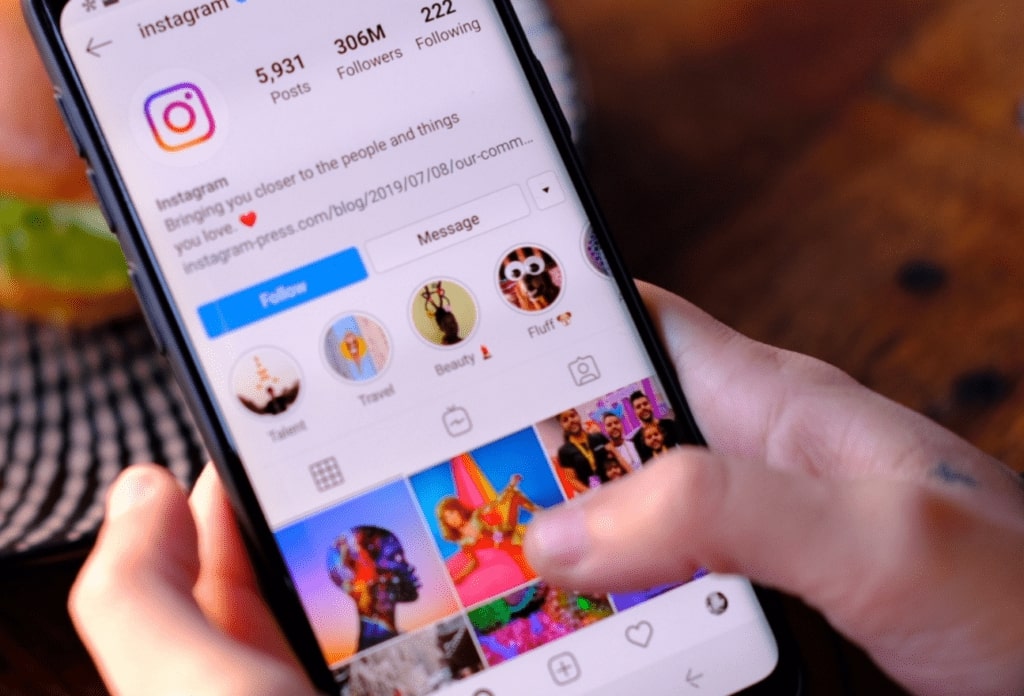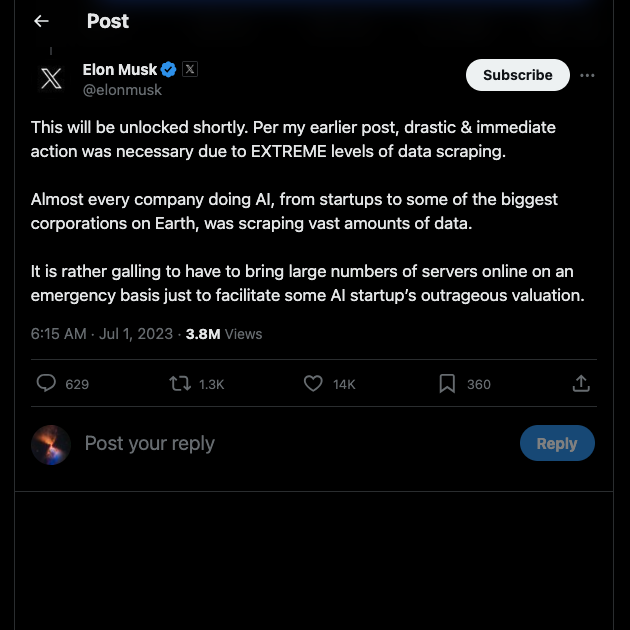In the ever-evolving world of social media marketing, timing plays a pivotal role in ensuring that your content reaches the right people at the right time. While creating high-quality content is undoubtedly important, posting at optimal times can drastically improve your engagement metrics, increase your reach, and enhance overall performance. As we move into 2025, the understanding of the best times to post on social media continues to evolve, influenced by shifting user behaviours, platform algorithms, and emerging technologies like AI.
In this blog, we’ll dive into platform-specific posting guidelines, and discuss emerging trends and predictions for 2025 that will shape how brands should approach timing in their social media strategy.
Why Timing Matters: The Science Behind Engagement
The idea that timing is critical for engagement is not new, but the science behind it has become increasingly precise. Social media algorithms are designed to prioritize content that generates engagement early on. The more likes, shares, comments, and interactions your posts get shortly after you publish them, the more likely your content will be shown to a larger audience. This is known as the "virality" or "engagement rate" factor in most algorithms.
Therefore, posting when your audience is most active increases the chances of immediate interaction, which in turn boosts the visibility of your post. Think of it as an early "momentum builder" that propels your content into wider circulation.
Best Times to Post on Major Social Media Platforms
While optimal post timings vary depending on your audience, content, and industry, studies offer valuable insights into general patterns. Here’s a breakdown of the best times to post for different platforms based on 2024:
Instagram: Visual Engagement in Peak Hours
Instagram remains one of the most widely used social media platforms for both personal and business accounts. In 2025, Instagram’s algorithms will continue to prioritize relevance, recency, and engagement. To take advantage of this, brands should post during high-traffic periods when users are most likely to engage with their content.
- Best Time: Weekdays from 10 a.m. to 2 p.m.
- Best Day: Wednesday shows consistently high engagement levels.
*2024 data.
Instagram engagement is heavily visual, with users engaging with both images and videos (Reels and Stories). To optimize your strategy, experiment with posting during lunch breaks and mid-afternoons, which coincide with users’ downtime. Additionally, Instagram’s visual-centric format means that aesthetic quality is critical; high-quality images and videos are more likely to stand out during peak engagement hours.
Facebook: Peak Time in the Mid-Afternoon
Although Facebook’s user base is growing older, it still remains a key platform for businesses, especially in industries such as retail, events, and consumer goods. In 2024, Facebook's algorithm continued to favour content that drives meaningful conversations, shares, and reactions.
-
-
- Best Time: Between 1 p.m. and 4 p.m.
-
- Best Day: Wednesday
*2024 data.
Facebook’s algorithm tends to reward posts that generate long-term engagement, such as comments or shares, which means your content should provoke discussion and encourage users to interact. The afternoon window between 1 p.m. and 4 p.m. sees a surge in active users, as people engage with content after their lunch break and before their evening activities begin.
Twitter/X Real-Time Engagement
Twitter (X) is known for its real-time, fast-paced nature. Because of its focus on breaking news, trends, and conversations, the best times to post are when your audience is most likely to be online and actively participating in live events or discussions.
- Best Time: Between 8 a.m. and 12 p.m.
- Best Day: Weekdays, especially Tuesday and Wednesday
*2024 data.
Twitter thrives on immediacy, so timing is crucial, particularly when capitalizing on trending topics or real-time events. Posting in the morning, especially on weekdays, ensures that your tweet will gain traction early in the day when users are actively scrolling through their feeds, looking for updates or conversations to join.
LinkedIn: Professional Engagement During Work Hours
As a business-oriented platform, LinkedIn is best utilized for posting during traditional work hours. This is the place for thought leadership, industry news, career updates, and B2B content. LinkedIn users are more likely to engage with content during their workday, particularly when it's relevant to their professional interests.
- Best Time: Between 8 a.m. and 10 a.m.
- Best Days: Tuesday, Wednesday, and Thursday
*2024 data.
While LinkedIn sees traffic throughout the day, users tend to engage most during morning hours, before work ramps up or as part of their early-morning routine. Since LinkedIn is primarily a weekday platform, posting during business hours helps ensure that your posts are seen by professionals at the start of their day, when they're most likely to interact with work-related content.
TikTok: Early and Late Afternoon Engagement
 TikTok’s algorithm is designed to surface content that is highly engaging and relevant to users’ interests, making it one of the most powerful platforms for organic reach. TikTok’s younger demographic tends to be highly engaged, particularly during key moments of the day.
TikTok’s algorithm is designed to surface content that is highly engaging and relevant to users’ interests, making it one of the most powerful platforms for organic reach. TikTok’s younger demographic tends to be highly engaged, particularly during key moments of the day.
- Best Time: Between 11 a.m. and 5 p.m.
- Best Day: Tuesday, Thursday, and Friday
*2024 data.
TikTok’s engagement tends to peak during the early afternoon and late evening, as users take breaks from work or school. The platform’s short-form, engaging video format means that quick, digestible content can work well when posted during peak times. However, TikTok’s algorithm also favours user interaction, so getting creative and participating in trends can help you gain additional visibility.
Emerging Trends for 2025: The Influence of AI and Automation
As we look to the future, emerging technologies like Artificial Intelligence (AI) and automation will play an even bigger role in social media marketing. Here are some trends that will shape how we determine the best times to post in 2025:
Personalized Timing Based on AI Predictions
AI-driven tools are already beginning to make waves in social media marketing. By analyzing data in real-time, AI tools will enable marketers to identify the best times to post based on their specific audience behaviour. These platforms will provide insights on when followers are most likely to engage with content, considering factors like geographic location, activity patterns, and even mood.

Social media platforms will increasingly incorporate AI that personalizes your posting schedule in real-time, adjusting for variables like time zone differences, global events, and even the type of content being shared.
Social Commerce and Shoppable Posts
The future of social media will increasingly revolve around social commerce. Platforms like Instagram, Facebook, and TikTok are already integrating e-commerce features that allow brands to sell products directly through their posts. This shift will change how businesses think about timing, as sales cycles and promotional content will need to align with key purchasing periods.
The best times to post for social commerce will not only depend on when your audience is most active but also on the seasonality of the products you're selling. For example, promotions for holiday shopping might perform best in the late evening or weekend, when users are more likely to browse and make purchases.
Short-Form Video Content
As short-form video continues to dominate social media, optimizing the time at which you post video content will become even more critical. Studies indicate that 2025 will see further growth in platforms like TikTok, YouTube Shorts, and Instagram Reels. These formats tend to perform best when they are posted at peak times—especially during the afternoon or evening when people are more likely to engage with short, attention-grabbing content.
Adjusting Your Posting Schedule for Maximum Impact
While the general guidelines above are helpful, the most effective strategy is to tailor your posting schedule based on your own data. Each brand has its own unique audience, and what works for one business might not work for another. Use social media analytics tools to track when your followers are online and actively engaging with your posts.
A few ways to adjust your schedule:
- Track performance data regularly: Platforms like Instagram Insights, Facebook Analytics, and Twitter Analytics offer valuable data on when your audience is most active.
- A/B Testing: Experiment with posting at different times of the day to see when you receive the highest engagement.
- Engage with your audience: Take note of when your followers are most likely to comment or share. Engage with them during those peak times to build stronger connections.
Conclusion: Stay Flexible and Adaptable
The digital marketing landscape is constantly changing, and so are social media habits. As algorithms, trends, and technologies evolve, the best time to post on social media will continue to shift. However, one thing remains clear: understanding your audience’s behaviour is key.

